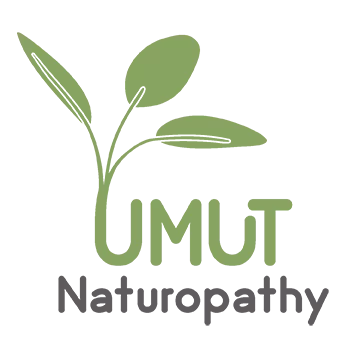Traditional Chinese medicine, or Asian medicine principles are based on the concept of Qi, which is the energy that flows through meridians in the body. When this energy is imbalanced or blocked, it can lead to health problems and illness. The body is seen as a connected system that needs to function harmoniously for good health. Similar to Western medicine’s understanding of the neuromuscular and dermatomal systems, Asian medicine also focuses on balancing the opposing forces of yin and yang in the body. Acupuncture, moxabustion (moxa), and cupping are common practices in Asian Medicine.
Acupuncture is widely used in my practice, with over 90% of patients benefiting from its positive effects. It has proven successful in treating various health conditions such as fertility issues, fatigue, headaches, migraines, sleep disorders, weight management, hormonal regulation, smoking cessation, muscle and joint pain, gastrointestinal problems, and respiratory concerns. In some cases, electrical stimulation may be applied to the acupuncture points for additional benefits.
Moxabustion, or moxa, is another traditional Asian medicine technique that involves applying heat to acupuncture points and other areas of the body. This practice aims to strengthen the blood, stimulate the flow of Qi, and maintain overall health. Moxa is made from the herb mugwort or Chinese wormwood (Artemisia Vulgaris).
Cupping involves the use of depressurized cups that are placed on the skin, creating suction. This technique can be applied to various parts of the body and is used to treat a range of conditions. After cupping, temporary discoloration or bruising may occur, ranging from red to purple, but it typically disappears within a few days. Cupping promotes energy flow, warms and unblocks Qi in the channels, relieves local congestion, and reduces swelling and pain.

